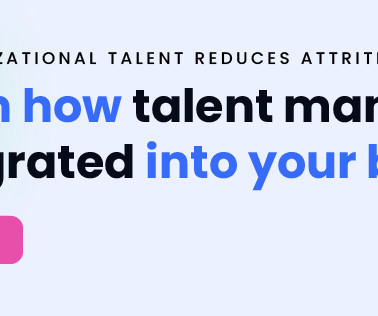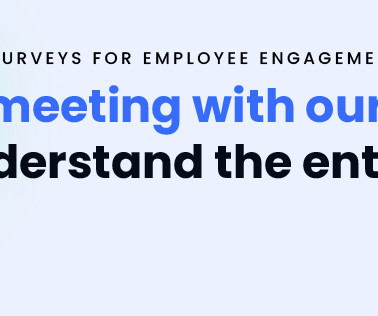What is the Labor Management System?
HR Lineup
MAY 12, 2024
In today’s rapidly evolving business landscape, organizations across various industries are continuously seeking ways to streamline their operations, optimize resource allocation, and enhance productivity. One critical aspect of achieving these objectives is efficient labor management. Labor management systems (LMS) play a pivotal role in this regard, offering comprehensive solutions to manage workforce activities , schedules, performance, and more.





.jpg)


















Let's personalize your content